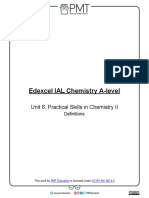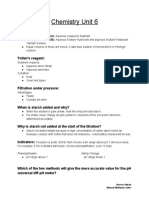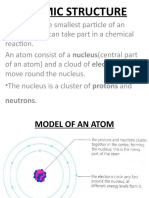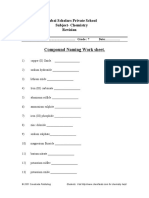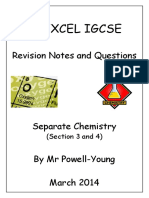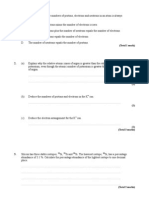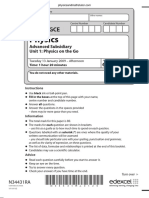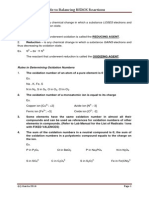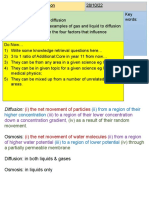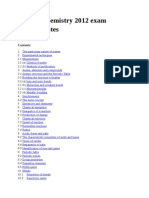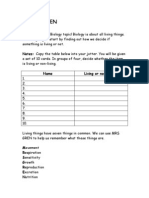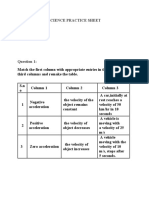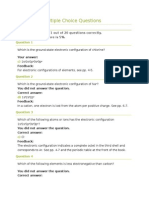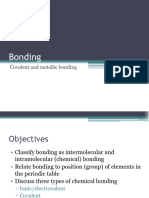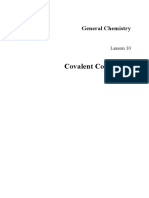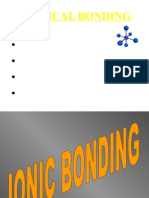0% found this document useful (0 votes)
183 views12 pagesCh. 3 Atomic Structure
The document discusses atomic structure and the periodic table. It describes atoms, subatomic particles, isotopes, and how elements are arranged in the periodic table. It also covers ionic and covalent bonding between elements.
Uploaded by
هندCopyright
© © All Rights Reserved
We take content rights seriously. If you suspect this is your content, claim it here.
Available Formats
Download as PDF, TXT or read online on Scribd
0% found this document useful (0 votes)
183 views12 pagesCh. 3 Atomic Structure
The document discusses atomic structure and the periodic table. It describes atoms, subatomic particles, isotopes, and how elements are arranged in the periodic table. It also covers ionic and covalent bonding between elements.
Uploaded by
هندCopyright
© © All Rights Reserved
We take content rights seriously. If you suspect this is your content, claim it here.
Available Formats
Download as PDF, TXT or read online on Scribd
/ 12
